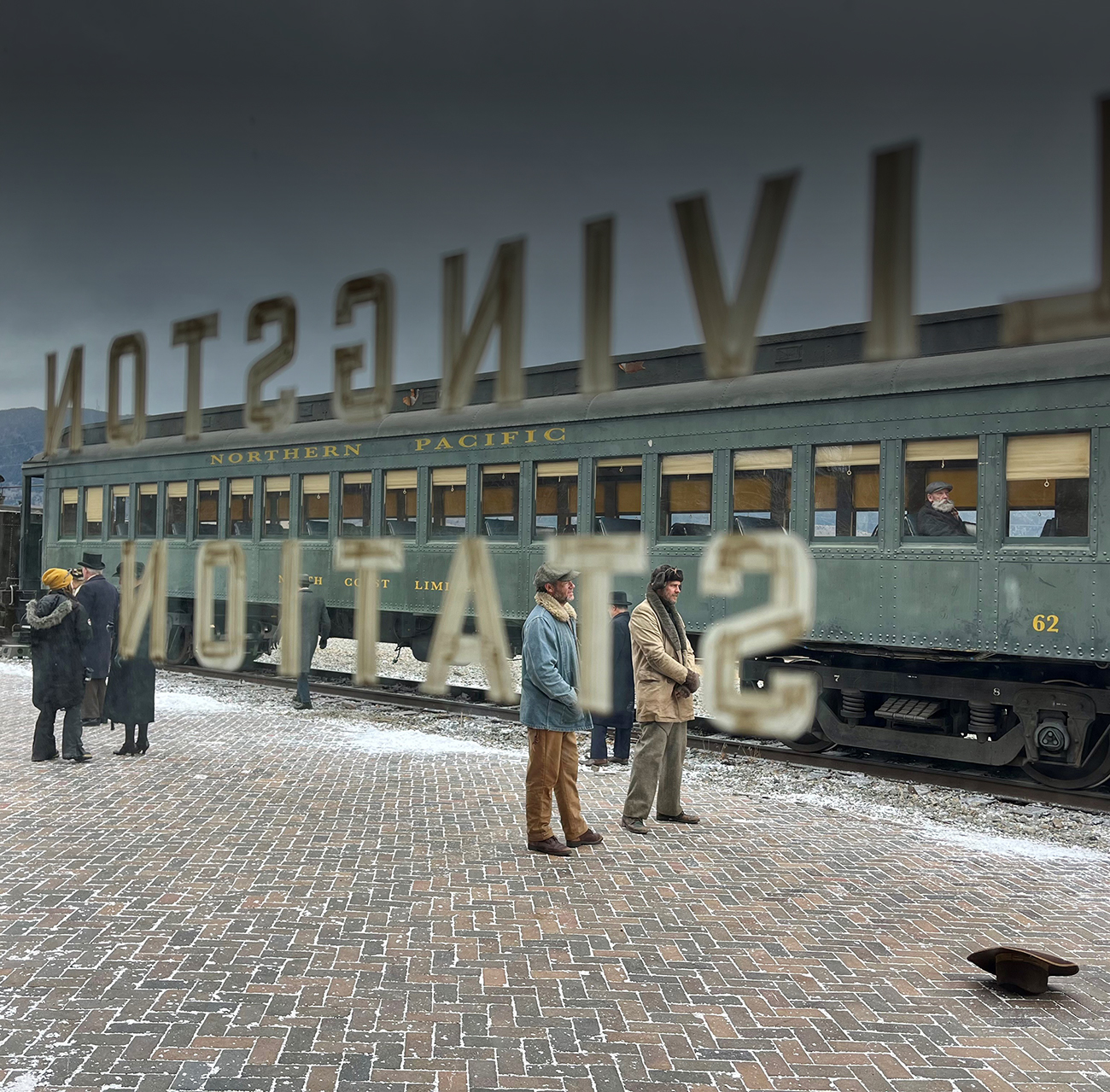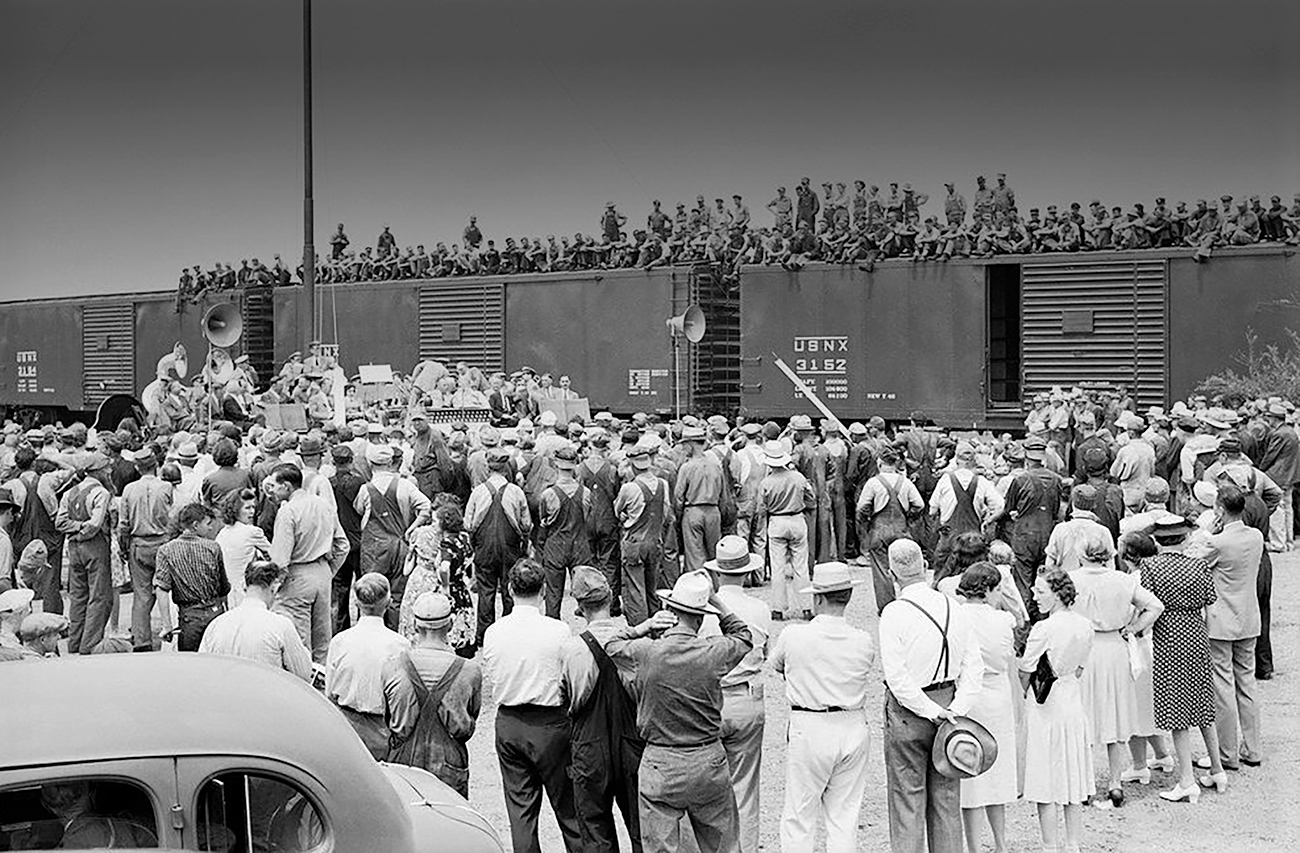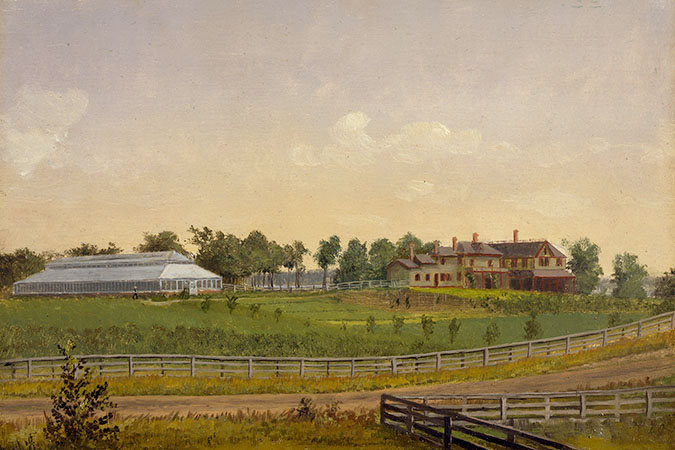
Farm site honors “Empire Builder” James J. Hill’s agricultural legacy
By SUSAN GREEN
Staff Writer
James J. Hill was called “The Empire Builder” for a reason. In true entrepreneurial spirit, not only was he founder and builder of the Great Northern Railway (GN), a BNSF predecessor, he was also an authority on agriculture and livestock.
Hill recognized that showing farmers and ranchers how to improve their methods would promote colonization of “Hill country,” stretching from Minnesota to the Pacific Northwest. His formula would also help fill his trains with people and products.
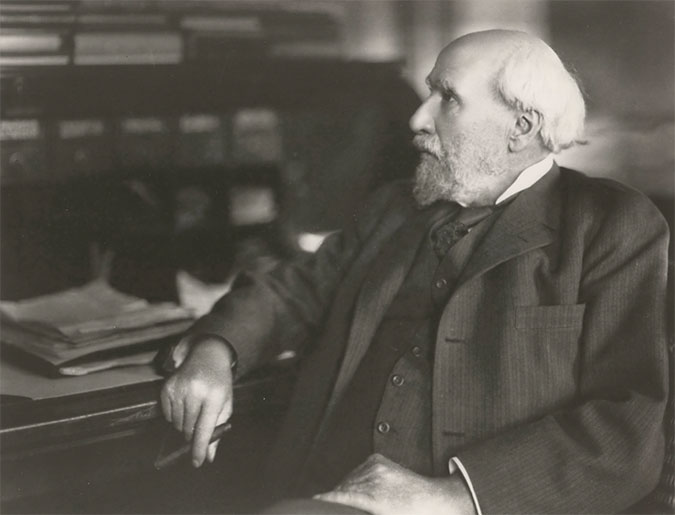
In the 1880s, by setting up experimental farms and importing purebred livestock of his own, Hill showed he was also a leader in this field. He was a member of Minnesota’s agricultural committee, an early advocate of diversifying and conserving natural resources, and introduced improved strains of seed.
Hill had more than 1,000 five-acre plots he leased from farmers in the 1880s to conduct agricultural research. He shared the results via special trains promoted as “agricultural colleges on wheels.” Onboard experts taught farmers about a range of topics including crop diversification.
“Sometimes people wonder why I take such an interest in this (agriculture) subject,” Hill said in a 1909 speech at the Montana State Fair. “…I take that interest in it because the cultivation of the soil is the foundation upon which the prosperity and even the life of our people must depend, not only now but for all time.”
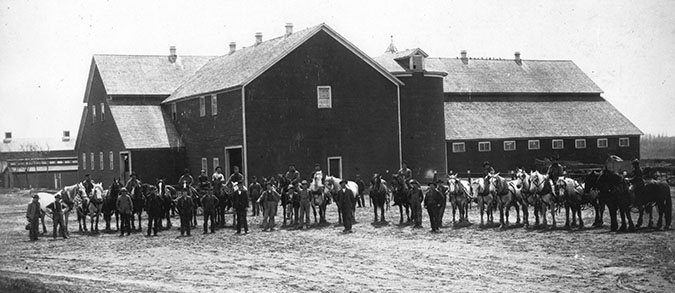
Hill owned three farms, all in Minnesota, his adopted state. The North Oak Farm is the only survivor, and only partially.
The 5,500-acre North Oak Farm also served as the Hills’ country estate where the family spent their summers.

The farm gained a reputation for breeding exceptional beef cattle. Hill’s North Oaks Aberdeen Angus and Shorthorn cows traveled annually by train to Chicago’s Fat Stock Show, where they won several prizes over the years.
“Hill was looking at the small farmer and their families along the Great Northern,” said Paul Dickson with the Hill Farm Historical Society. “Most of the research done at the North Oaks Farm was focused on that, as opposed to the huge monoculture farming of today. His ideas would more align with the organic farmers than mainstream farming.”
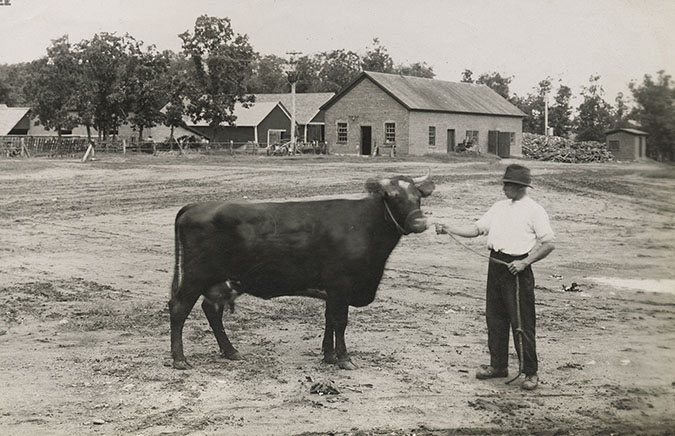
After their deaths, both Hill and his wife Mary were interred in a private cemetery at the farm. Their remains were later moved to a Resurrection Cemetery in Mendota Heights, Minnesota.
Upon Hill’s death at age 77 on May 29, 1916, his son, Louis Hill Sr., and then his grandson, Louis Jr., operated North Oaks Farm until 1950 when the farm was developed into a “model residential community.”
Today, only three of the original 40 buildings remain: the dairy creamery, the granary and blacksmith shop/engine house. The Hill Farm Historical Society, a nonprofit, is responsible for the remaining buildings and continues to preserve Hill’s legacy.
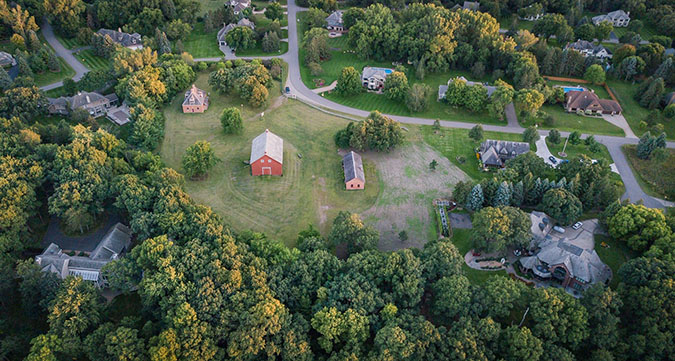
Here’s a glimpse of the farm’s three surviving buildings:

The Dairy Building at North Oaks Farm, where the first DeLaval separator in Minnesota was personally ordered by Hill and was installed in 1884. This innovative device used centrifugal force to separate cream from milk, saving a lot of time compared to waiting for cream to rise.

The farm’s granary had a root cellar within the rock foundation that was used to store root crops like rutabagas and turnips raised on the farm and chopped into cattle feed.
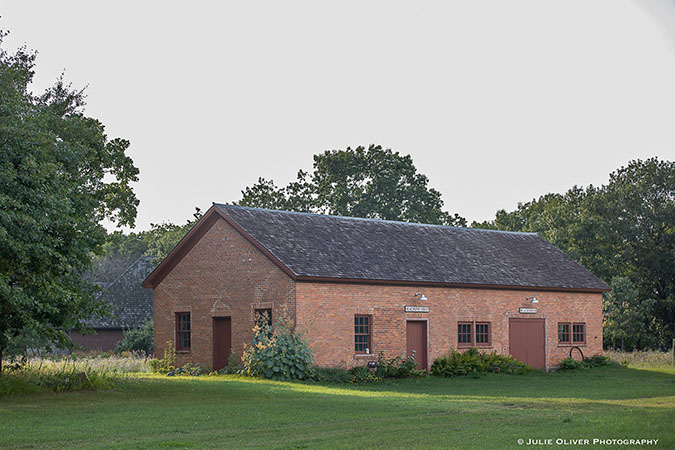
Today, an operational blacksmith shop is in the north half of the building. A ceiling-mounted shaft and pulley are the only remnants of the machine shop in the south half.
Although only three buildings still stand, the North Oaks Farm site keeps alive the memory of Hill’s significant contributions to agriculture. Hill has been gone for more than a century, but his legacy endures in transportation, agriculture and the development of the Northwest -- forever securing his title as “Empire Builder.”
DID YOU KNOW?
The Hill Farm Historical Society’s mission is to share the rich and unique history of the Hill Farm National Historic Site and to tell the story of the role the farm played in the development of agriculture and GN.
The farm is on private land, but public tours are available May through September every third Thursday at 3 p.m. Tours last one hour and accommodate 20 people. Cost is $15 per individual or free with a paid membership to the Hill Farm Historical Society.
More information on the society’s website.

